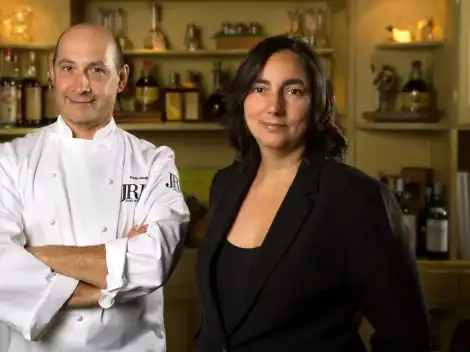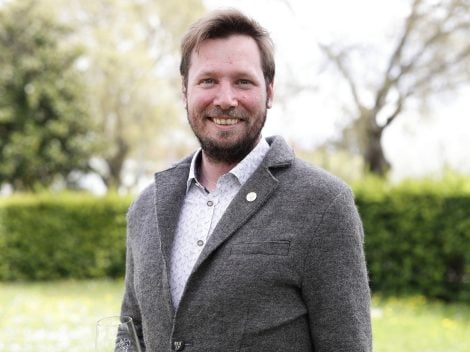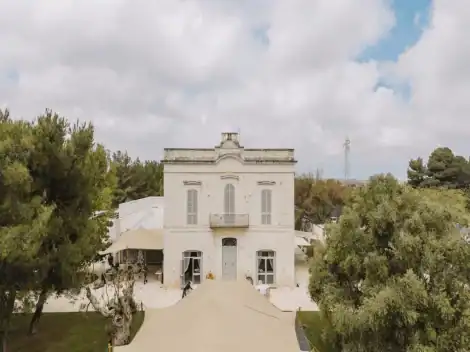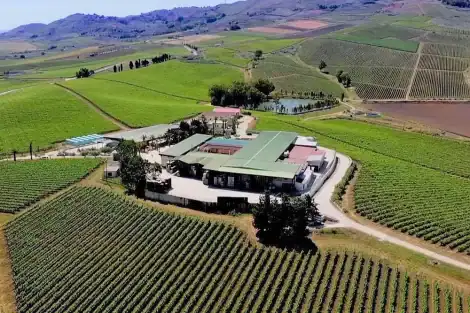There’s an old African proverb: “It takes a village to raise a child.” I’d like to change it like this: “It takes an osteria to make a village,” from Maremma to Brooklyn. Let me explain: I was recently on holiday in Tuscany, in the southern Maremma to be precise, and I was enchanted by the experience of Osteria Maccalè in San Giovanni delle Contee, a tiny hamlet of Sorano, the town of tuff. A delightful place, but one of those places people tend to flee from, especially if they’re young, because there’s little or nothing there — particularly for the expectations of a post-peasant society, one that doesn’t go to bed with the chickens or rise with the rooster.
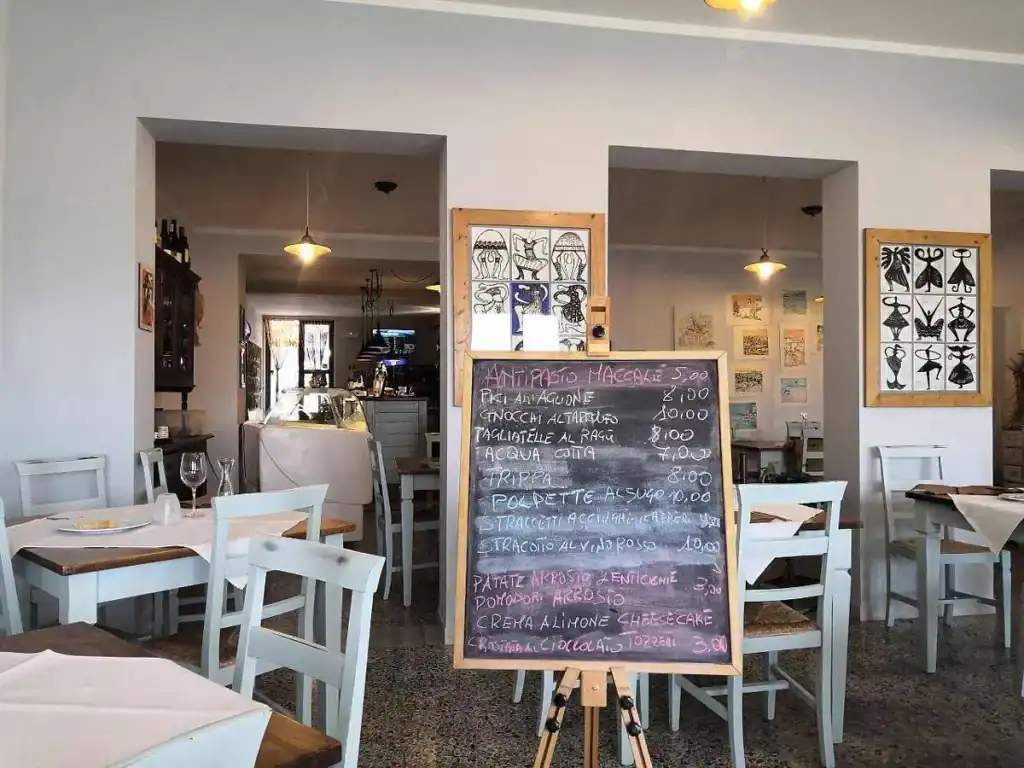
The unusual name of Osteria Maccalè
A few years ago, using the blessed tool of the community cooperative — which allows for the development of work projects in small and very small towns — a group of locals reopened the village osteria. It had originally been opened in the 1930s by a farmer who returned from the Ethiopian campaign, and whom the villagers had given a slightly mangled nickname: Maccalè, instead of the Ethiopian city Macallè.
Maccalè is not just any osteria — not only for the quality of its food and wine (one of the members produces, with some friends, one of the most interesting natural wines I’ve ever tasted) — but also because it truly is a “village place”: it serves tourists and visitors, yes, but first and foremost the local residents. Around this “multi-purpose” establishment, a social life has been reborn and people of all kinds have started returning. In short, a village has come back to life.
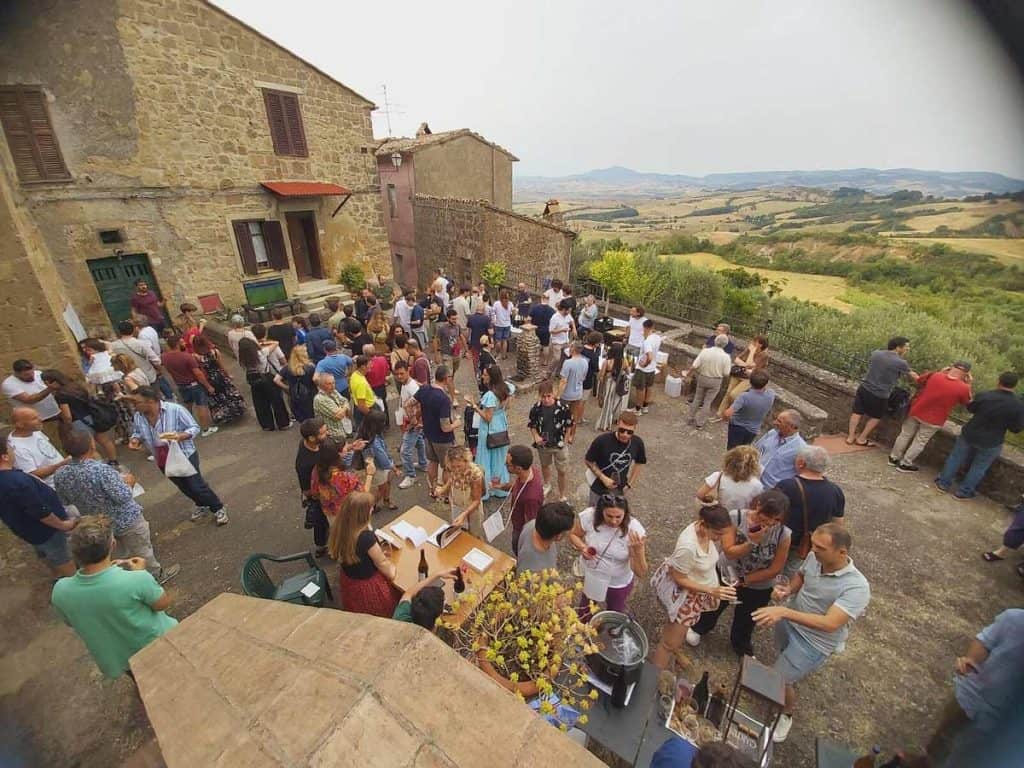
The social importance of a community landmark
Curiously, during the same holiday, I happened to be reading a book by American sociologist Stacy Torres, titled At Home in the City: Growing Old in Urban America, which tells a very different story — about the deeply negative impact on a small community of elderly and young people in Brooklyn caused by the closure of their local bakery.
Not just a bakery and pastry shop, but a place that in sixty years of activity had become a social anchor for the neighbourhood’s residents, had hosted stories, offered rest to weary patrons, and fostered friendships. Its closure — the owner was retiring and had no heirs — resulted in the diaspora of that small multi-ethnic, multi-generational community, which would never again be as united as it had been in that old shop.
It takes an osteria to make a village
What links two such utterly different realities is the magical power of places where food and drink are shared to create warmth, connection, and wellbeing. What they offer matters less than how they offer it, and the identity they bring with them. Identity that — as I’ve written to the point of exhaustion, both mine and my readers’ — is today more than ever under existential threat from the market, where it’s considered better for customers to come, stay briefly, and constantly change (both themselves and the places they frequent), as used to happen at the establishments around trade fairs — almost never great places.
So let’s remember it, we who work in, critique, describe, and love the food world: it takes an osteria to make a village. Let’s treasure them.

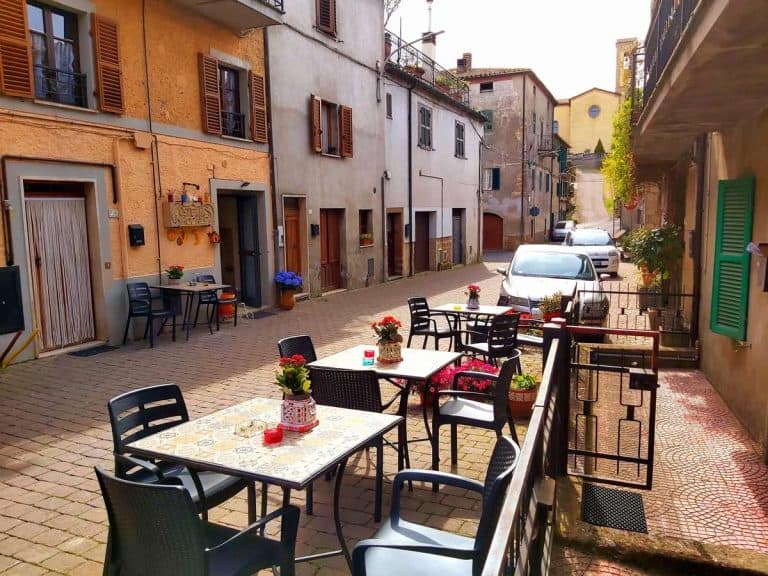
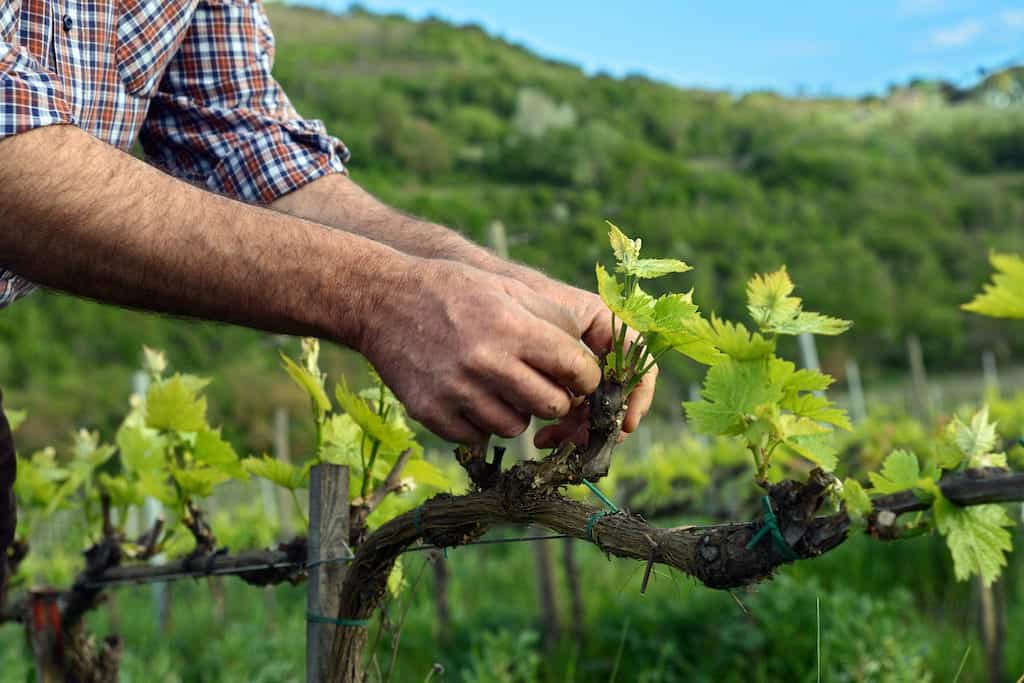 Sustainable wine businesses on the rise: almost 15,000 Equalitas-certified labels
Sustainable wine businesses on the rise: almost 15,000 Equalitas-certified labels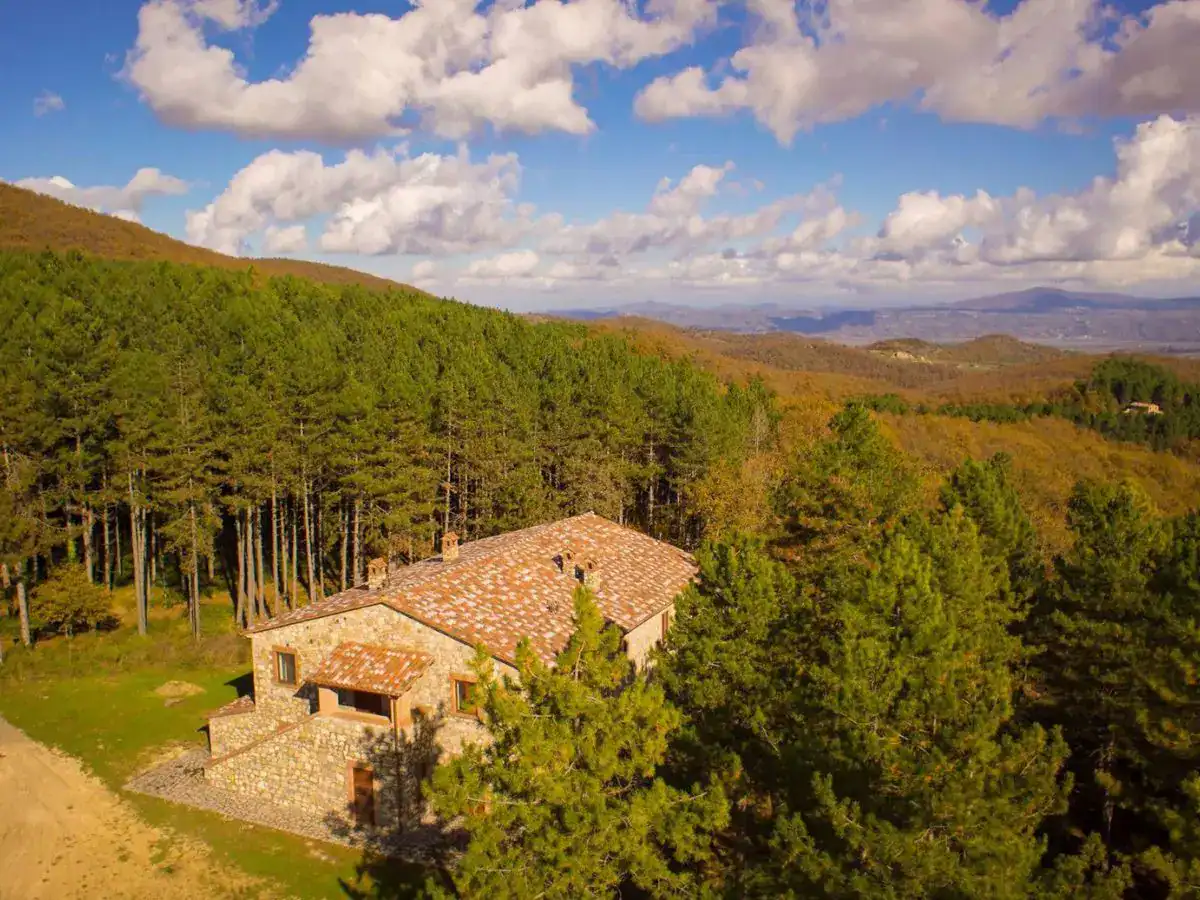 In the heart of the woods, a timeless osteria: the most authentic discovery between Umbria, Lazio and Tuscany
In the heart of the woods, a timeless osteria: the most authentic discovery between Umbria, Lazio and Tuscany Counterfeiting of wine and alcoholic beverages: losses for Italy exceed €300 million annually
Counterfeiting of wine and alcoholic beverages: losses for Italy exceed €300 million annually “Are consumption habits changing? There’s no use standing still – it’s better to find new answers.” That’s how a Tuscan winery launches a wine-based spirits range
“Are consumption habits changing? There’s no use standing still – it’s better to find new answers.” That’s how a Tuscan winery launches a wine-based spirits range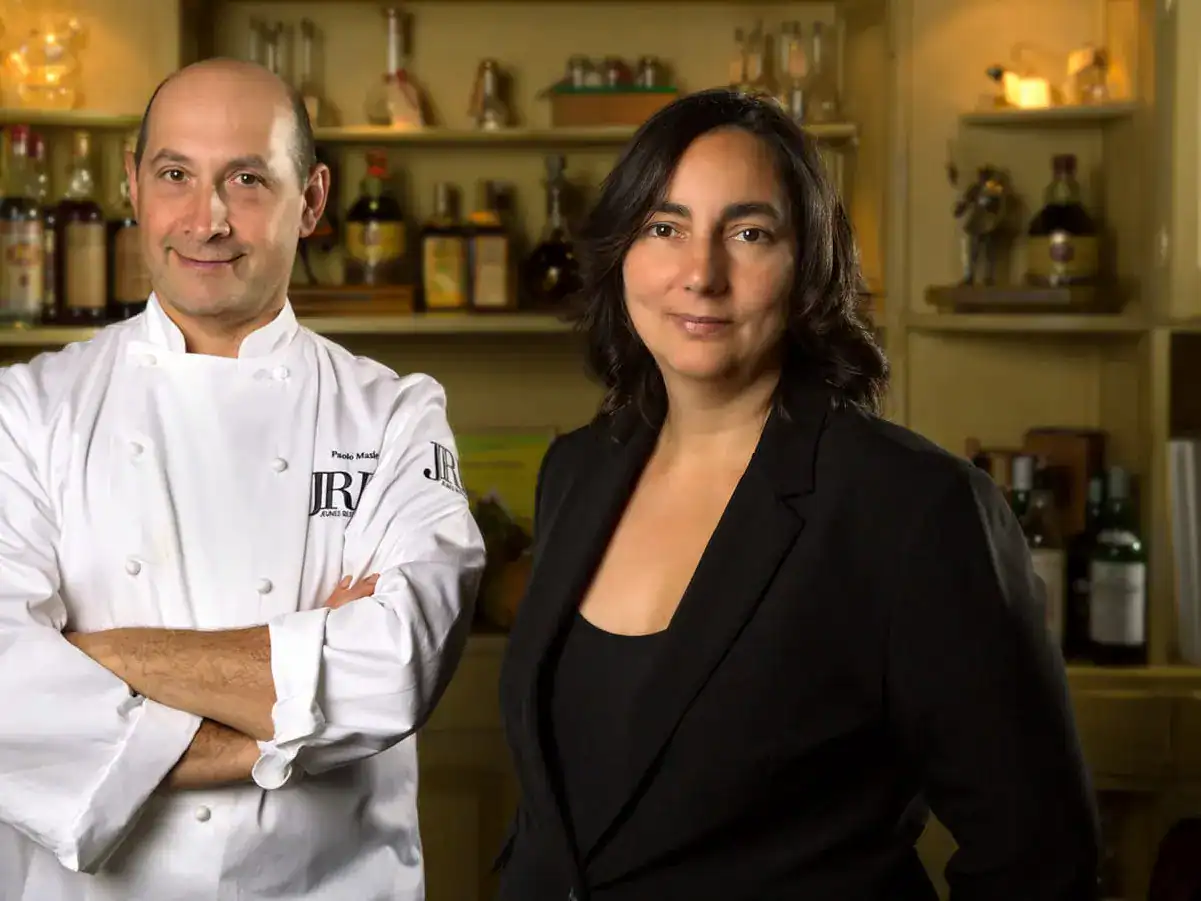 The chef-farmer who wrote the history of fine dining on the Ligurian Riviera
The chef-farmer who wrote the history of fine dining on the Ligurian Riviera